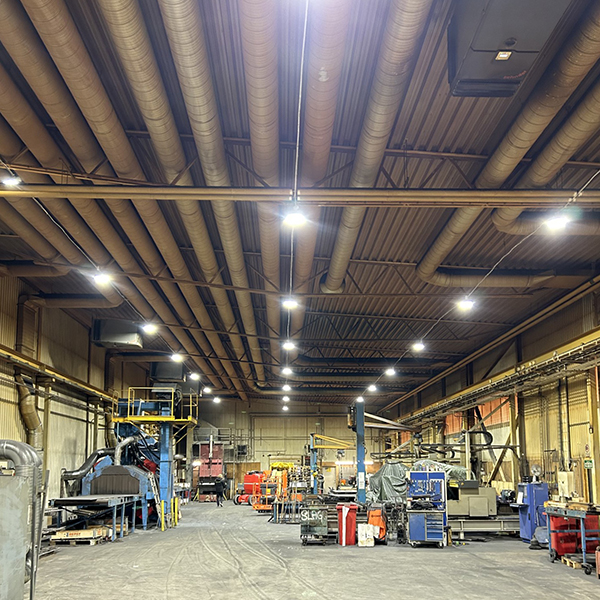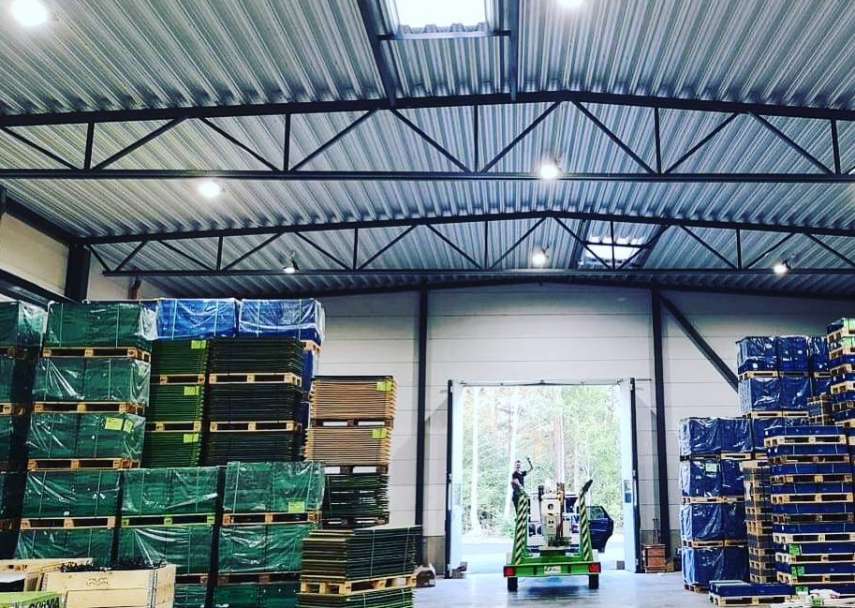The Future of Energy-Efficient Industrial Lighting
The Future of Energy-Efficient Industrial Lighting
Blog Article
In the present day Industrial lighting (Industribelysning), effectiveness, durability, and cost-effectiveness are critical components for success. Among the different technologies which are revolutionizing professional procedures, LED (Light Emitting Diode) engineering sticks out as a game changer in professional lighting. In the last decade, LED illumination is just about the chosen selection for businesses seeking to enhance power efficiency, minimize operational prices, and improve workplace safety. In this information, we investigate the important role that LED engineering plays in shaping the ongoing future of industrial lighting.

Energy Effectiveness: Reducing Operational Charges
One of the very significant features of LED engineering in professional light is their power efficiency. Unlike old-fashioned light options, such as incandescent or fluorescent lights, LEDs consume less electricity while providing exactly the same (or even superior) level of brightness. Reports show that LED lights may reduce power use by up to 75%, translating into substantial savings for industrial facilities around time. These cost savings can be reinvested in different critical aspects of the business enterprise, more increasing operational efficiency.
Durability and Toughness
LED light is known for its long lifespan, with many LED lights sustained up to 50,000 hours, in comparison to just 1,000 hours for incandescent bulbs. That longevity diminishes the necessity for regular replacements, reducing preservation costs and downtime in professional settings. More over, LED lights are more resilient, effective at resisting hard problems such as for example excessive conditions, vibrations, and shocks. That makes them suitable for demanding industrial surroundings like warehouses, factories, and manufacturing plants.
Improved Illumination and Exposure
In commercial adjustments, correct light is a must for worker protection and productivity. LED lights offer superior illumination and greater gentle distribution, ensuring that work places are illuminated uniformly. This helps reduce the risk of incidents, especially in areas where detail and awareness of detail are required. The improved visibility also plays a part in improved worker performance, as responsibilities can be done more correctly and with less mistakes.
Environmental Influence and Sustainability
As environmental issues keep on to go up, corporations are significantly turning to sustainable solutions. LED illumination is a more eco-friendly choice in comparison to standard illumination technologies. LEDs don't include harmful materials like mercury, which will be frequently found in fluorescent bulbs. Furthermore, they're 100% recyclable, lowering the quantity of spend produced by industrial facilities. By making the change to LED technology, corporations can reduce their carbon footprint and subscribe to a greener future.

Conclusion
The ownership of LED technology in professional lighting offers numerous benefits that improve both the working effectiveness and sustainability of businesses. From their energy-saving functions to its durability and superior lighting quality, LED engineering is transforming industrial light and allowing businesses to remain competitive in an ever-evolving market. As industries continue to prioritize energy effectiveness and cost-effective solutions, LED engineering can undoubtedly play an essential role in surrounding the future of industrial lighting. Report this page